Figures & data
Table I. Novel records of Plutonium zwierleini in Sicily. The acronyms reported in the reference column refer to author names. The detection rate, DR, was calculated as the number of findings/hours per researcher.
Figure 1. Occurrence localities of Plutonium zwierleini in Sicily. Black circles indicate novel sites where the centipede was directly observed by the authors; Black triangles report data from citizen science and personal communications; White diamonds represent bibliographic records of the species obtained from Bonato et al. (Citation2017). See for more information on the novel occurrence localities of the species.
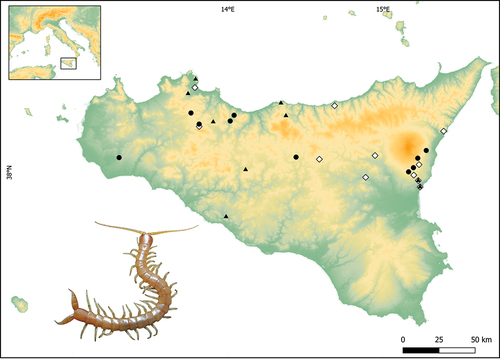
Figure 2. Four of the Plutonium zwierleini individuals collected in the field and photographed in a controlled environment. (a) 44 mm total length from Castelvetrano (Trapani province, locality #4); (b) 63 mm total length from Piana degli Albanesi (Palermo province, locality #19); (c) 102 mm total length from Castelvetrano (Trapani province, locality #4); (d) 114 mm total length from Castelvetrano (Trapani province, locality #4).
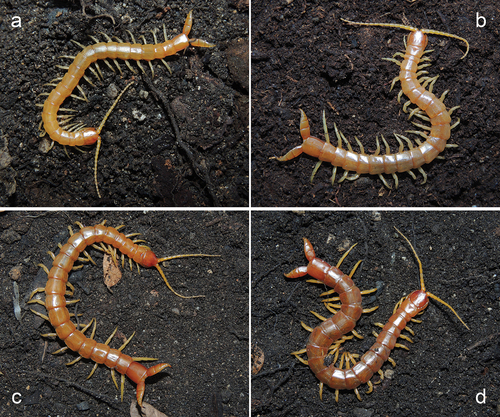
Figure 3. Four of the Plutonium zwierleini habitat in Sicily. (a) Near Ficuzza, Monreale (Palermo province, locality #18); (b) Piana degli Albanesi (Palermo province, locality #19); (c) Caccamo (Palermo province, locality #20); (d) Alimena (Palermo province, locality #17).
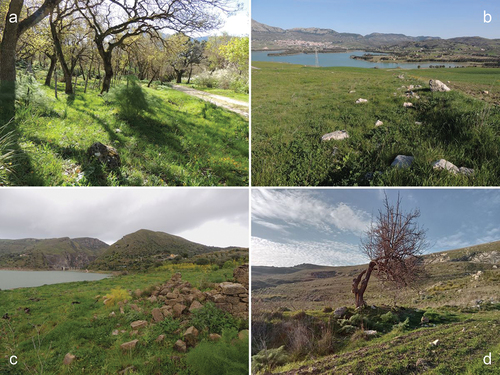
Figure 4. (a) Predicted presence (green) and absence (grey) occurrence distribution from the “max_spec_sens” threshold evaluation model; (b) Precipitation seasonality variation (%) across the region. The 19 observations are marked with a cross in panel “A”.
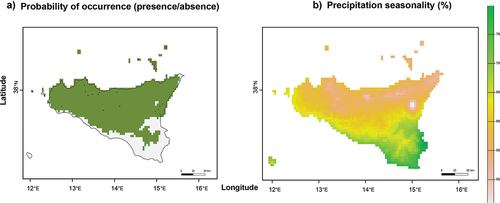
Figure 5. Foraging in captive Plutonium zwierleini. (a) Staphylinidae larvae; (b) Lumbricidae; (c) Scolopendra cingulata; (d) Banana; (e) Gryllidae; (f) Raw chicken meat.
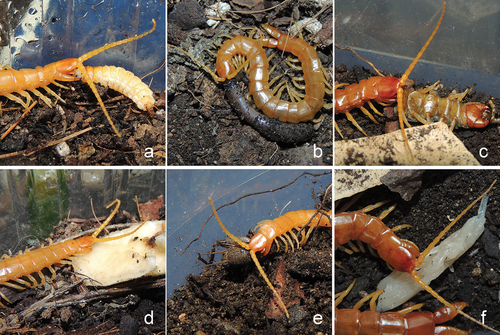
Supplemental Material
Download MS Word (1.8 MB)Data availability statement
The data used for this work are available from the corresponding author on reasonable request.
